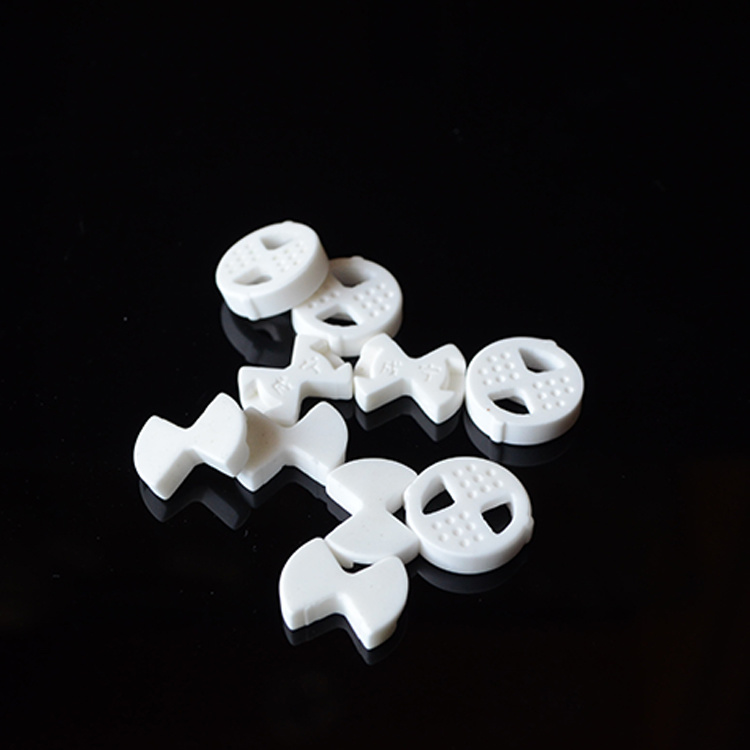
Understanding Yellow Lead Oxide (PbO) Fire Assay Flux in Construction and Decorative Materials
Time:
2025-07-13 20:20
Source:
Yellow lead oxide, chemically known as PbO, is an important component in various industrial applications, particularly in the realm of construction and decorative materials, such as ceramics. One of its notable functions is as a fire assay flux. Fire assay is a process used to determine the metal content of a sample, and the flux plays a crucial role in facilitating the separation of precious metals from their ores.
In the context of fire assay, yellow lead oxide serves multiple purposes. Primarily, it acts as a collector of precious metals, such as gold and silver, allowing for efficient recovery during the assay process. Its ability to lower the melting point of the materials involved makes the process more efficient, reducing energy consumption and improving overall effectiveness. Furthermore, PbO enhances the fluidity of the molten mixture, which is essential for ensuring that the precious metals can be easily separated from impurities.
The importance of yellow lead oxide in construction and decorative materials extends beyond its chemical properties. The use of PbO in ceramics has been well-documented, where it contributes to the development of vibrant colors and improves the durability of ceramic products. Its inclusion can enhance the thermal and mechanical properties of ceramics, ensuring that the final products meet industry standards for strength and resilience.
However, it is crucial to approach the use of yellow lead oxide with caution. As a lead compound, it poses potential health risks if not handled properly. Professionals in the industry should be aware of safety guidelines and regulations regarding the use of PbO, especially when working in environments where exposure to dust or fumes may occur. Ensuring adequate ventilation, using personal protective equipment, and adhering to established safety protocols are essential practices for safeguarding health and well-being.
In conclusion, yellow lead oxide (PbO) serves as a vital fire assay flux in the construction and decorative materials sector, particularly in ceramics. Its unique properties facilitate the efficient recovery of precious metals during assays, while also enhancing the quality and durability of ceramic products. Professionals in the industry must remain informed about both the benefits and safety considerations associated with the use of PbO to ensure the successful integration of this compound into their processes. Embracing best practices will not only contribute to operational efficiency but also promote a safer working environment.
In the context of fire assay, yellow lead oxide serves multiple purposes. Primarily, it acts as a collector of precious metals, such as gold and silver, allowing for efficient recovery during the assay process. Its ability to lower the melting point of the materials involved makes the process more efficient, reducing energy consumption and improving overall effectiveness. Furthermore, PbO enhances the fluidity of the molten mixture, which is essential for ensuring that the precious metals can be easily separated from impurities.
The importance of yellow lead oxide in construction and decorative materials extends beyond its chemical properties. The use of PbO in ceramics has been well-documented, where it contributes to the development of vibrant colors and improves the durability of ceramic products. Its inclusion can enhance the thermal and mechanical properties of ceramics, ensuring that the final products meet industry standards for strength and resilience.
However, it is crucial to approach the use of yellow lead oxide with caution. As a lead compound, it poses potential health risks if not handled properly. Professionals in the industry should be aware of safety guidelines and regulations regarding the use of PbO, especially when working in environments where exposure to dust or fumes may occur. Ensuring adequate ventilation, using personal protective equipment, and adhering to established safety protocols are essential practices for safeguarding health and well-being.
In conclusion, yellow lead oxide (PbO) serves as a vital fire assay flux in the construction and decorative materials sector, particularly in ceramics. Its unique properties facilitate the efficient recovery of precious metals during assays, while also enhancing the quality and durability of ceramic products. Professionals in the industry must remain informed about both the benefits and safety considerations associated with the use of PbO to ensure the successful integration of this compound into their processes. Embracing best practices will not only contribute to operational efficiency but also promote a safer working environment.
yellow lead oxide pbo fire assay flux

